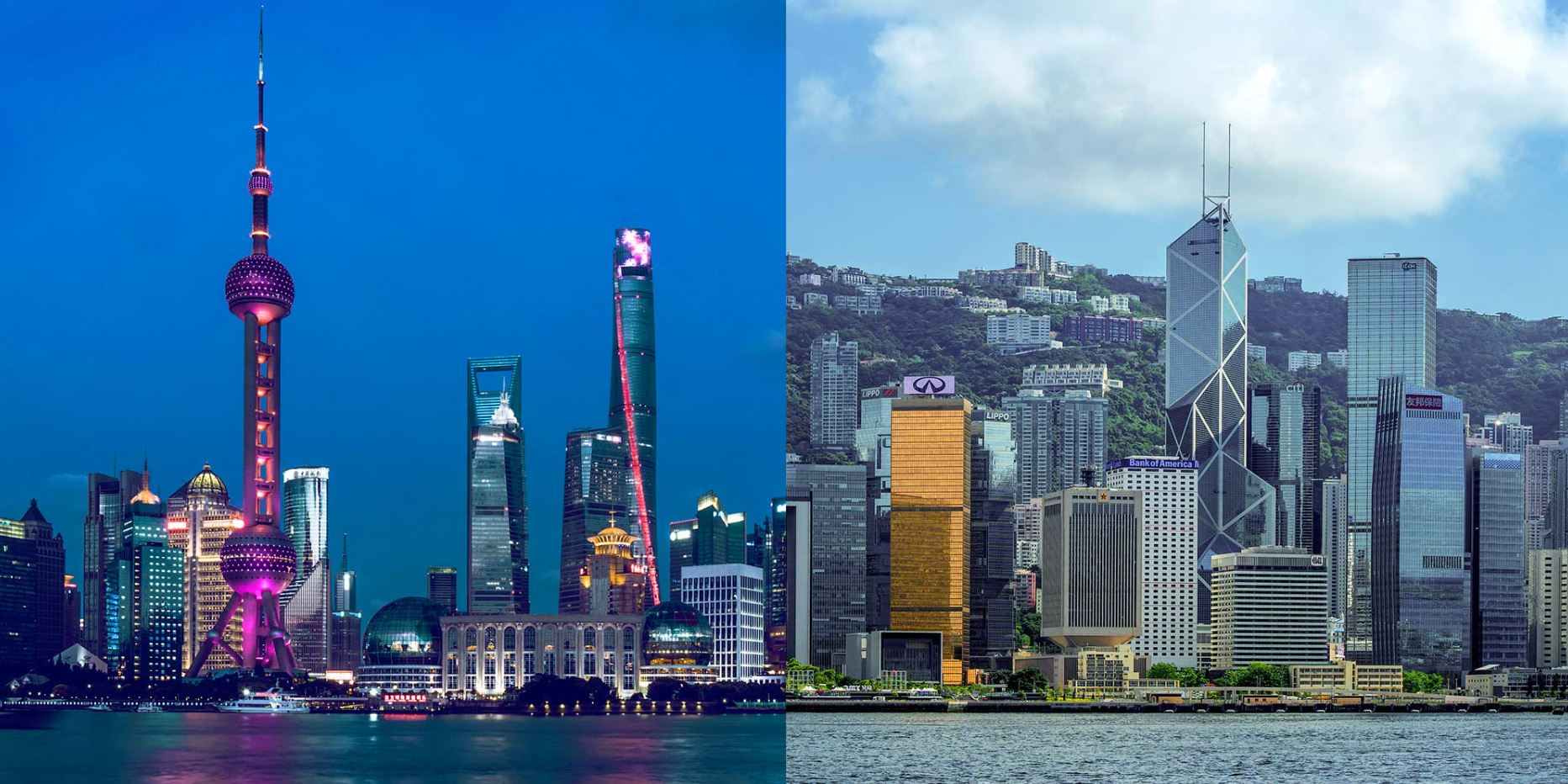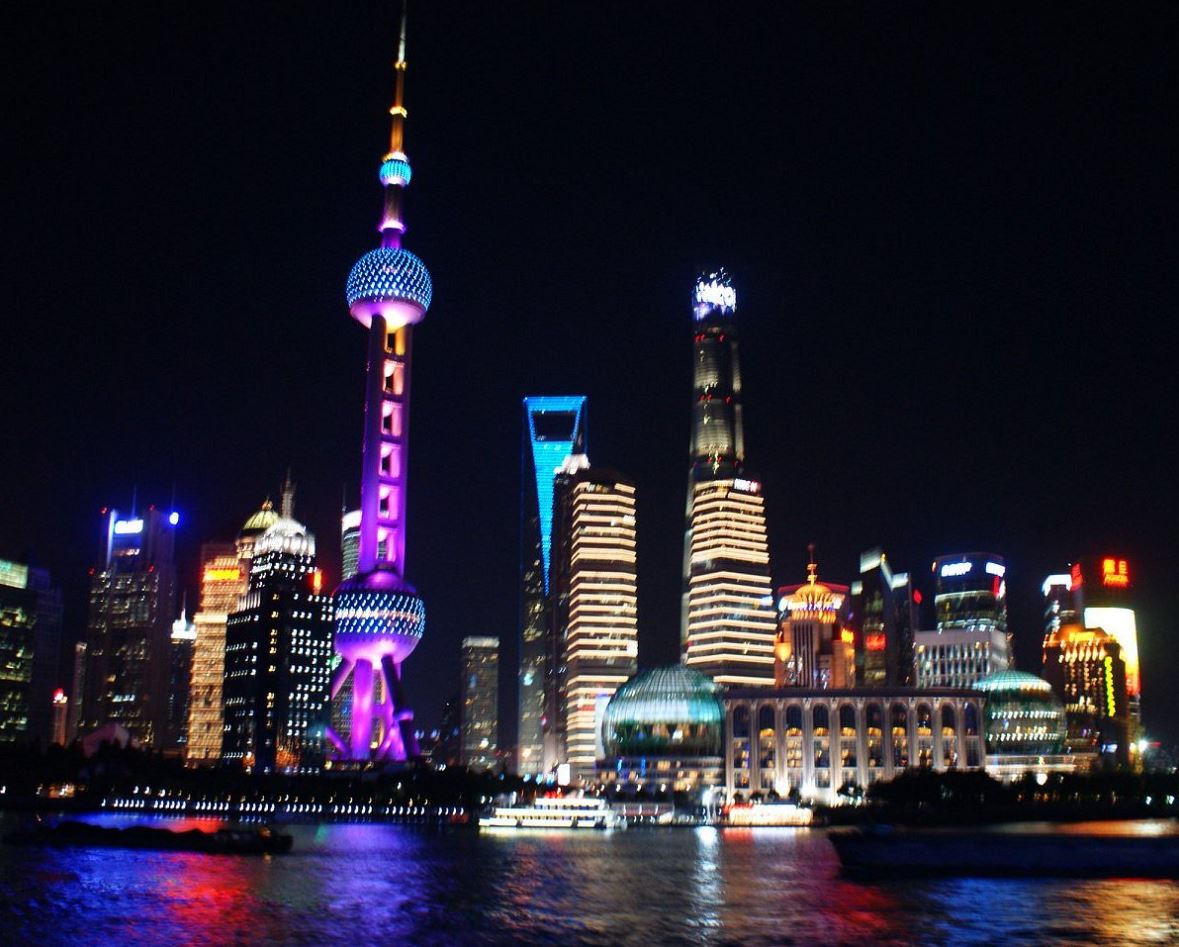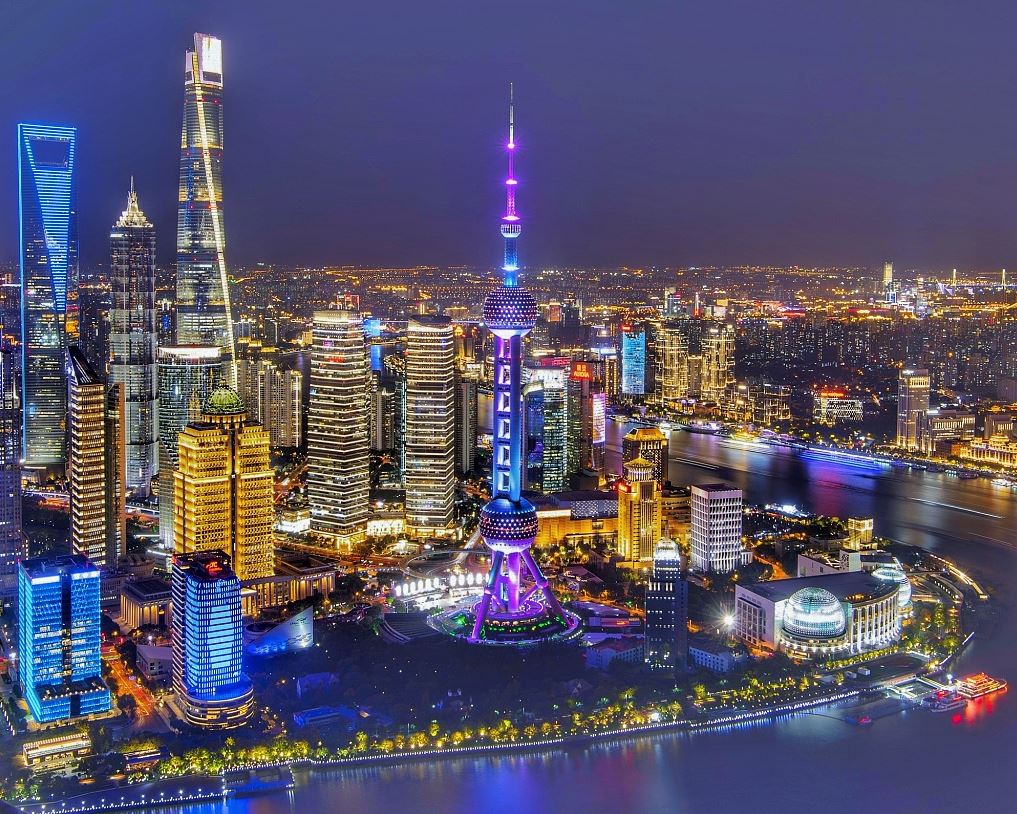Pearl of the Orient A Journey Through History and Culture
The term “Pearl of the Orient” conjures a sense of allure and exoticism, often used to describe places that are considered exceptionally beautiful or valuable. Historically, pearls have been treasured for their rarity and beauty, making them a fitting metaphor for places that stand out due to their unique charm or strategic importance. This phrase has been bestowed upon various locations across Asia, each of which shares a certain prestige and cultural significance that resonate with the metaphor of a pearl.
This article will delve into the multifaceted uses of the “Pearl of the Orient” as a descriptor. We will explore its application to a number of key locations including the Philippines, known historically as the “Pearl of the Orient Seas”; Manila, its capital, referred to as “Perla del Oriente”; and other notable cities such as Shanghai, Hong Kong, and Saigon, each of which has been similarly labeled in different contexts. The exploration will not be confined to geographical locations alone; we will also look into other uses of the term in modern culture, including its appearance in architecture, media, and literature.
By tracing the use of this evocative term across different domains, this article aims to illuminate how “Pearl of the Orient” has been employed to enhance the identity and perception of various places and cultural artifacts. Through this exploration, we will uncover the layers of meaning behind the term and understand why it continues to hold such a captivating power in descriptions of Asia’s most cherished locales.
| General Concept | The term “Pearl of the Orient” evokes a sense of rarity, beauty, and value, used metaphorically to describe places of exceptional charm or strategic importance. |
|---|---|
| Geographical Significance | Applied to multiple Asian locations known for their unique allure and cultural significance, including the Philippines (“Pearl of the Orient Seas”), Manila (“Perla del Oriente”), Shanghai, Hong Kong, and Saigon. |
| Historical Context | Each location dubbed “Pearl of the Orient” possesses historical and cultural narratives that underscore its prestigious reputation and enduring legacy in regional and global contexts. |
| Extension into Culture | The term transcends geographical labeling to influence architecture, media, and literature, where it enriches the narrative and thematic depth of various works and structures. |
| Objective of Article | To explore and elucidate the multifaceted applications of “Pearl of the Orient,” tracing its usage across different domains to reveal the layers of meaning and significance attached to this evocative term. |
Contents
The Places Named “Pearl of the Orient”
The Philippines
The Philippines, historically known as the “Pearl of the Orient Seas,” is a title that harks back to its days as a pivotal hub in maritime trade. This moniker was first popularized during the Spanish colonial period, reflecting the archipelago’s significant value due to its rich biodiversity and strategic location. Manila, the bustling capital of the Philippines, has been called “Perla del Oriente” since 1751. This nickname underscores Manila’s role as a cultural and economic center in the Pacific, a city whose historical and contemporary significance is as layered and lustrous as the pearls it is compared to.

China
In China, the term “Pearl of the Orient” resonates strongly with two major cities: Shanghai and Hong Kong. Shanghai, known as the Paris of the East, is frequently referred to as the “Pearl of the Orient” because of its historic cosmopolitanism and its pivotal role in the modern economic boom of China. Similarly, Hong Kong’s global financial prowess and distinctive skyline contribute to its portrayal as a pearl, symbolizing both opulence and tradition in a single cityscape.
Malaysia
Penang, Malaysia, is another gem often described as the “Pearl of the Orient.” This island state is celebrated for its cultural tapestry and colonial history, interwoven with a vibrant local tradition of cuisine and crafts. Penang stands out for its historical architecture and the cultural melange of Malay, Chinese, and Indian influences, making it a fitting recipient of this illustrious title.

Vietnam
Saigon, now known as Ho Chi Minh City, was once the capital of former South Vietnam and remains the most populous city in the country. Its appellation as the “Pearl of the Orient” speaks to its historical significance during the Vietnam War and its dynamic growth in the decades following. Saigon’s energetic streets, French colonial architecture, and the resilient spirit of its people epitomize the qualities of a precious pearl in the heart of Southeast Asia.
South Asia and Beyond
The title extends into South Asia, touching Sri Lanka and Goa with its luminescent legacy. Sri Lanka, with its ancient heritage and natural beauty, is a jewel in the Indian Ocean. Goa, a small coastal state in India, is renowned for its picturesque beaches and rich Portuguese-influenced heritage. Further to the east, Phnom Penh, the capital of Cambodia, is included under this umbrella term for its historical and cultural depth, notably marked by its stunning Royal Palace and tragic history.
| Location | Significance and Attributes |
|---|---|
| The Philippines (Manila) | Historically known as the “Pearl of the Orient Seas.” Manila, the capital, termed “Perla del Oriente” since 1751, reflecting its pivotal role as a cultural and economic center during the Spanish colonial era and its rich biodiversity. |
| China (Shanghai and Hong Kong) | Shanghai is dubbed the “Pearl of the Orient” for its historic cosmopolitanism and crucial role in China’s economic boom. Hong Kong is recognized for its global financial prowess and distinctive skyline, symbolizing opulence and tradition. |
| Malaysia (Penang) | Known as the “Pearl of the Orient” for its cultural diversity, colonial history, and vibrant local traditions in cuisine and crafts, alongside its historical architecture. |
| Vietnam (Ho Chi Minh City/Saigon) | Historically significant during the Vietnam War and known for its dynamic growth, French colonial architecture, and the resilient spirit of its people. |
| South Asia and Beyond (Sri Lanka, Goa, Phnom Penh) | Sri Lanka and Goa are celebrated for their natural beauty and rich heritage, with Goa also noted for its Portuguese-influenced heritage. Phnom Penh is recognized for its historical depth, royal architecture, and poignant history. |
Other Uses of “Pearl of the Orient”
Architectural and Cultural Landmarks
Architectural marvels also bear the name, such as the Oriental Pearl Tower in Shanghai. This iconic TV and radio tower, known for its futuristic design and spheres resembling pearls, dominates the skyline. In Manila, the Pearl of the Orient Tower stands as a residential skyscraper, embodying modernity and progress in the heart of the old city.

Media and Literature
The cultural imprint of the “Pearl of the Orient” extends into media and literature. The 1991 song “Pearl of the Orient” by Lo Ta-yu captures the enchanting allure of the region in melody. In television, the Hong Kong program “Glittering Days,” also known as “Pearl of the Orient in Chinese,” depicts the city’s glamorous entertainment industry in the 1960s. The term also inspires literature, with Christopher Nicole’s “Pearl of the Orient” book series, which delves into historical fiction set against the backdrop of these vibrant Asian locales.
By exploring these diverse uses and references, the term “Pearl of the Orient” serves not just as a geographical identifier but as a cultural and historical symbol, enriching our understanding of the regions it describes.
| Architectural Landmarks | The Oriental Pearl Tower in Shanghai, a futuristic TV and radio tower with pearl-like spheres, and the Pearl of the Orient Tower in Manila, a modern residential skyscraper, both exemplify the architectural embodiment of the term. |
|---|---|
| Media | The 1991 song “Pearl of the Orient” by Lo Ta-yu celebrates the region’s allure. The Hong Kong TV program “Glittering Days,” known as “Pearl of the Orient” in Chinese, portrays the city’s 1960s entertainment industry. |
| Literature | Christopher Nicole’s “Pearl of the Orient” book series explores historical fiction set in vibrant Asian settings, weaving the term into narratives that reflect the cultural and historical depth of these locales. |
| Cultural and Historical Symbolism | The term “Pearl of the Orient” transcends geographical labels to become a symbol of cultural and historical richness, influencing a wide array of creative and architectural endeavors across Asia. |
The term “Pearl of the Orient” is far more than a simple moniker; it is a deeply evocative phrase that has been woven into the cultural and historical fabric of several prominent places across Asia. This rich epithet captures the essence of beauty, value, and uniqueness, reflecting the distinctive charm and significance of each location to which it has been applied. From bustling metropolitan hubs like Manila and Shanghai to the serene beauty of Sri Lanka and the historic depth of Phnom Penh, the term enriches the identity of these places, enhancing their allure and emphasizing their importance on both a regional and a global scale.
In the Philippines, the “Pearl of the Orient Seas” signifies a nation of rich biodiversity and strategic geographical relevance, highlighting its role as a cultural crossroads. Manila, specifically referred to as “Perla del Oriente,” resonates with historical significance, bearing witness to centuries of colonial and post-colonial transformations that have shaped its current status as a dynamic capital.
In China, both Shanghai and Hong Kong are deemed “Pearls of the Orient” in recognition of their global economic influence and architectural grandeur, embodying a fusion of traditional heritage and rapid modernization. These cities showcase the duality of history and modernity—Shanghai with its colonial past and futuristic skyline, and Hong Kong with its iconic harbors and financial prowess.
Penang in Malaysia, another “Pearl,” illustrates how cultural diversity can be the cornerstone of a place’s identity, with its harmonious blend of ethnicities and traditions manifesting in everything from architecture to culinary arts. This designation underscores Penang’s role as a cultural hub, attracting tourists and historians alike who are eager to explore its colonial heritage and vibrant local culture.
Vietnam’s Saigon, yet another city graced with this title, stands out for its historical resilience and cultural vibrancy. The appellation reflects the city’s past as a colonial nexus and its resurgence as a bustling modern metropolis, symbolic of Vietnam’s broader economic and social strides.
Further, the application of “Pearl of the Orient” to Sri Lanka and Goa enriches these locations by highlighting their intrinsic beauty and layered histories. In Sri Lanka, the title draws attention to its ancient civilization and stunning natural landscapes, while in Goa, it accentuates a unique blend of Indian and Portuguese cultural influences.
The term extends beyond geographical descriptions to influence other cultural domains, such as architecture and media. The Oriental Pearl Tower in Shanghai and the Pearl of the Orient Tower in Manila are not just structural landmarks but symbols of architectural ambition and urban evolution. In media and literature, the term shapes perceptions through songs, television shows, and novels that weave the mystique and allure of the Orient into narratives that captivate and educate audiences worldwide.
Reflecting on the diverse uses of “Pearl of the Orient,” it is clear that this term does more than just name a place or an object; it encapsulates the spirit of the locations it describes. Each usage of the term contributes to a richer, more nuanced understanding of these places, not merely as points on a map, but as living, evolving entities with stories to tell. Through its historical layers and the ongoing cultural dialogue it inspires, the term “Pearl of the Orient” continues to enrich the identity and historical perception of each place and artifact associated with it, underscoring their irreplaceable value in the world’s cultural and historical mosaic. This exploration reveals that the enduring charm of these “pearls” is not only in their current status but also in their historical journeys and the collective memory they shape for future generations.
Knowledge -